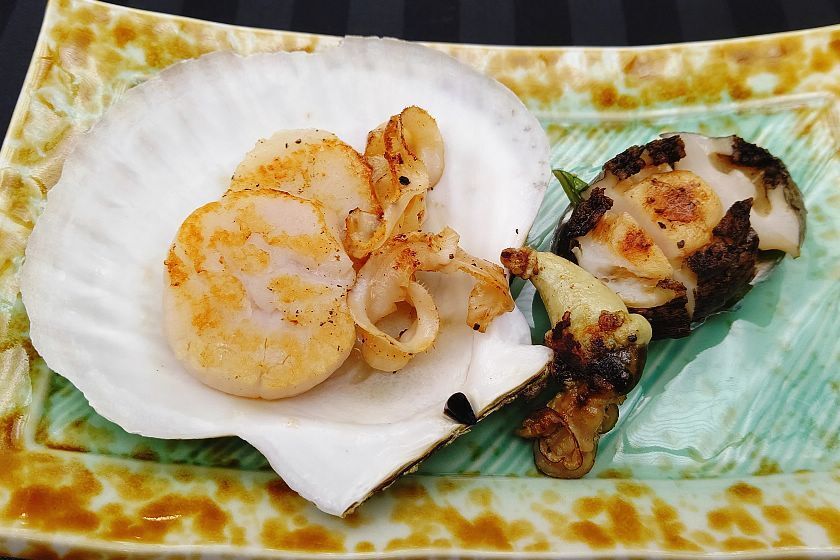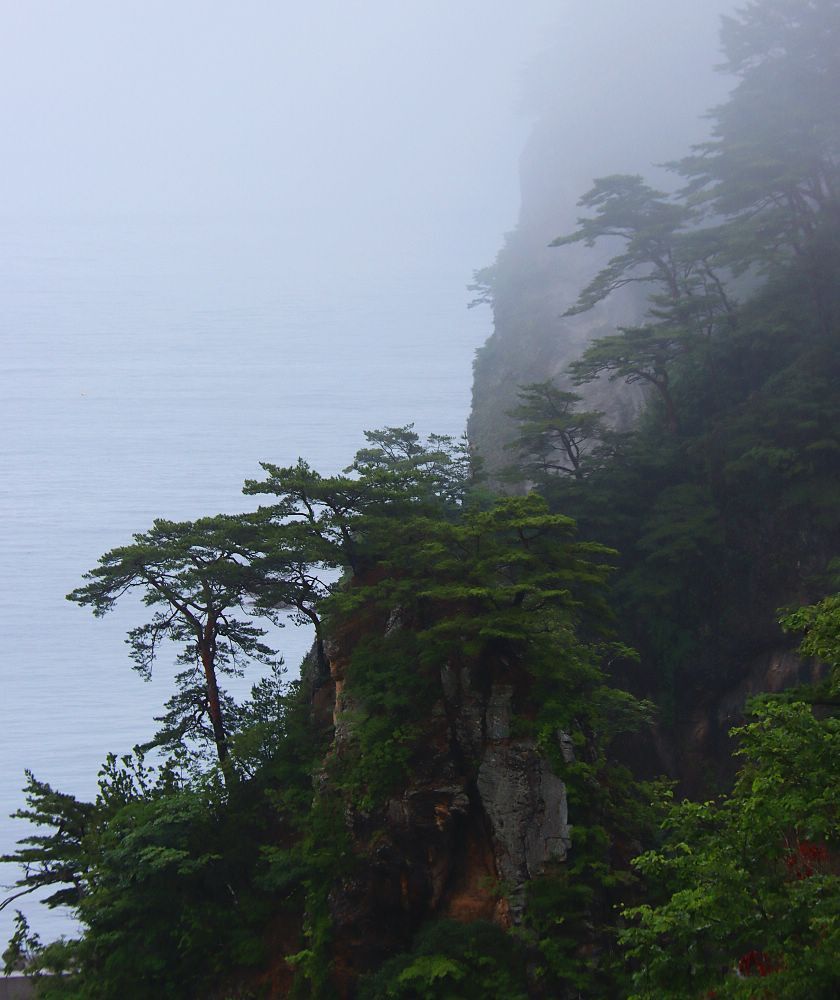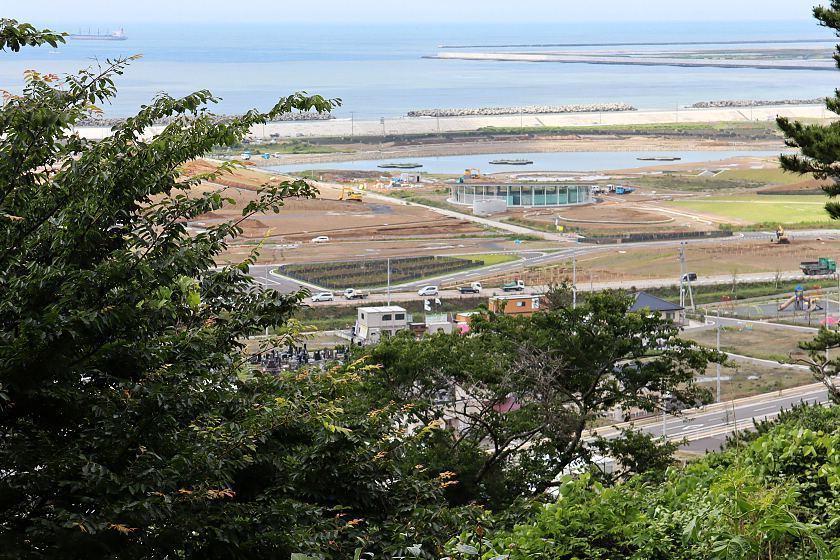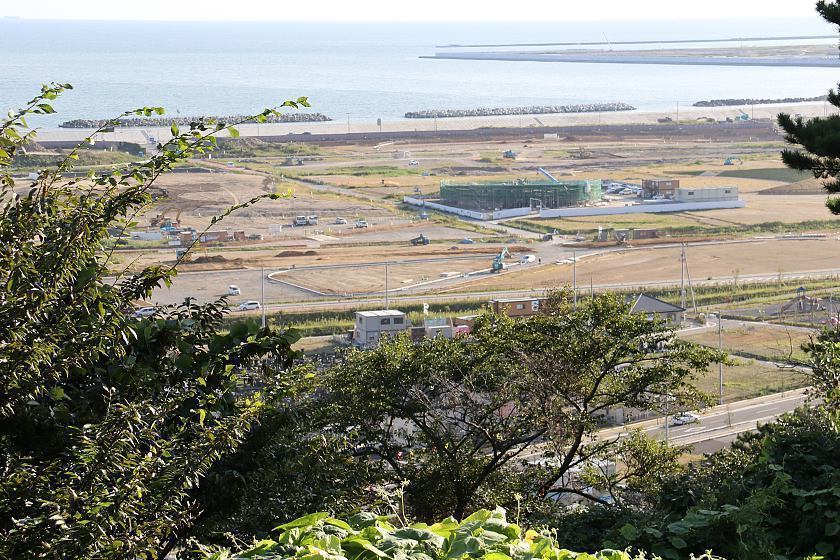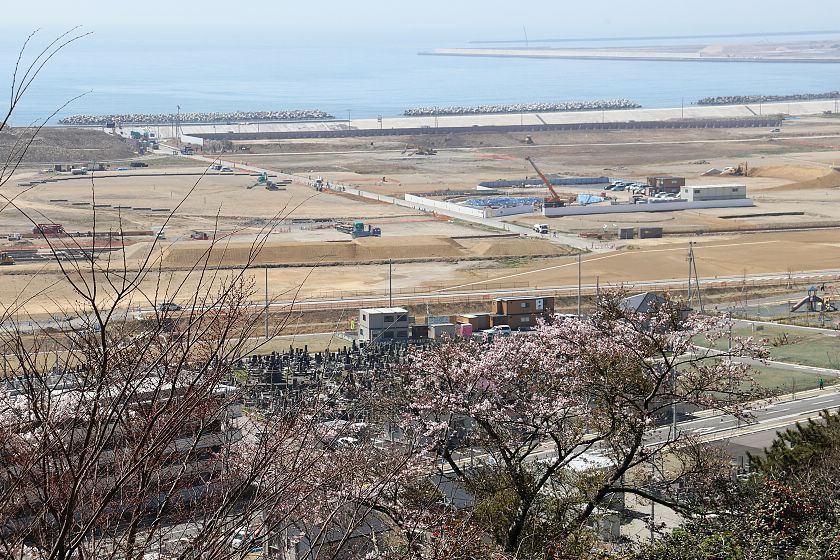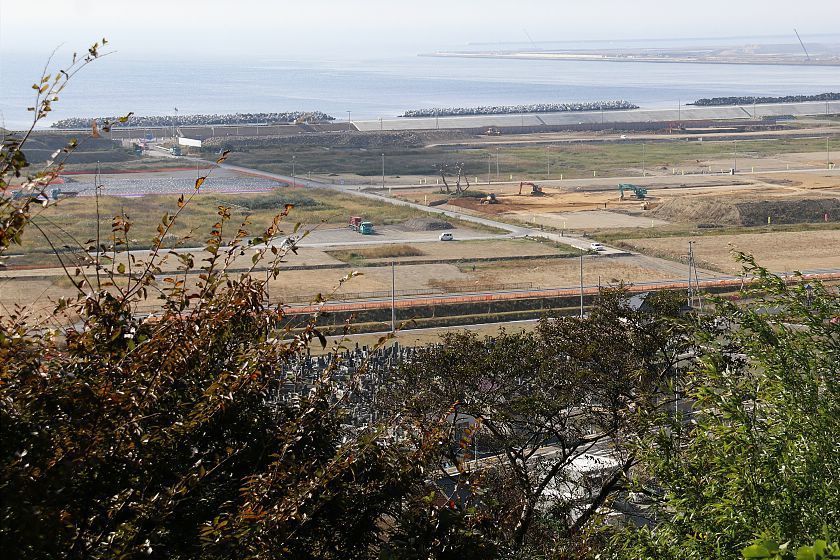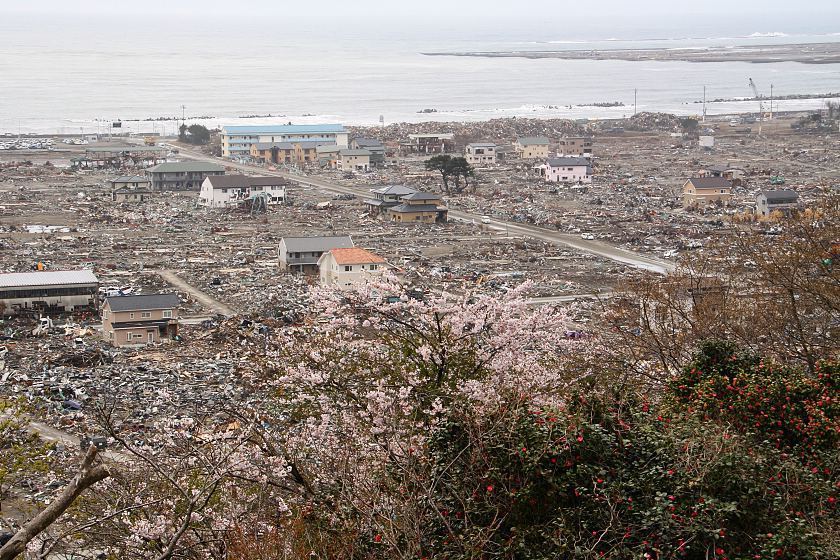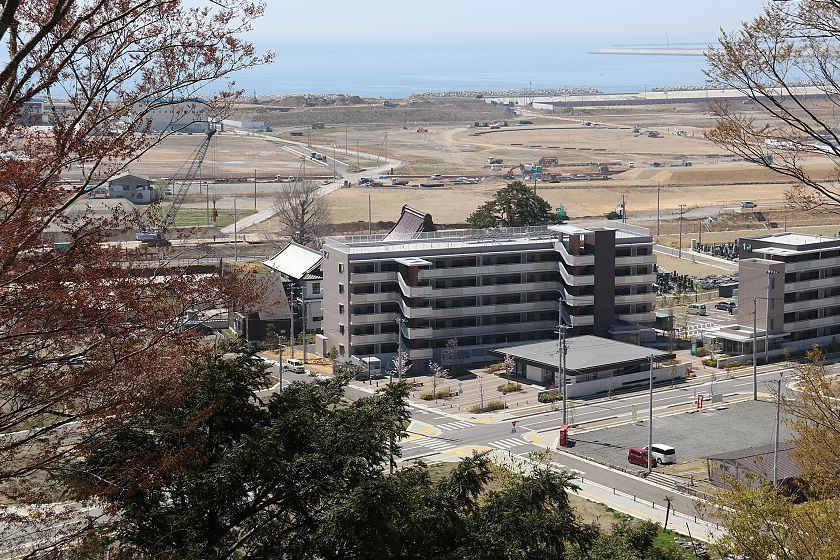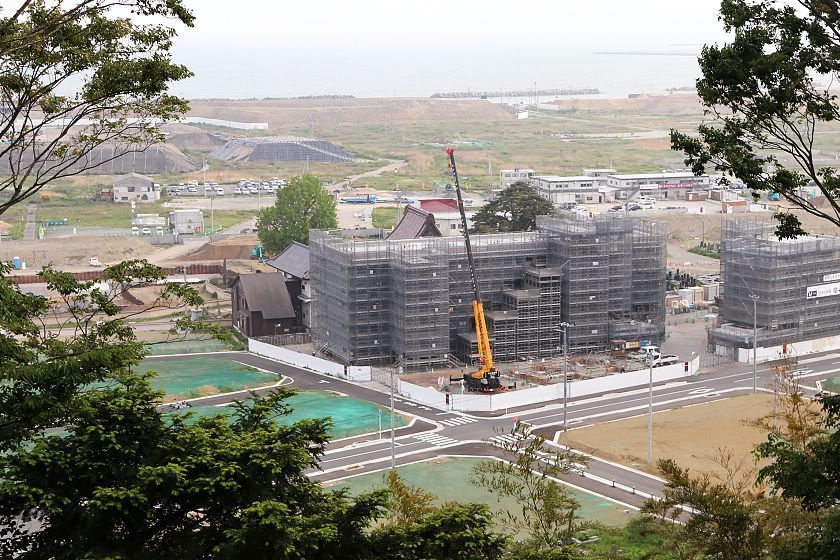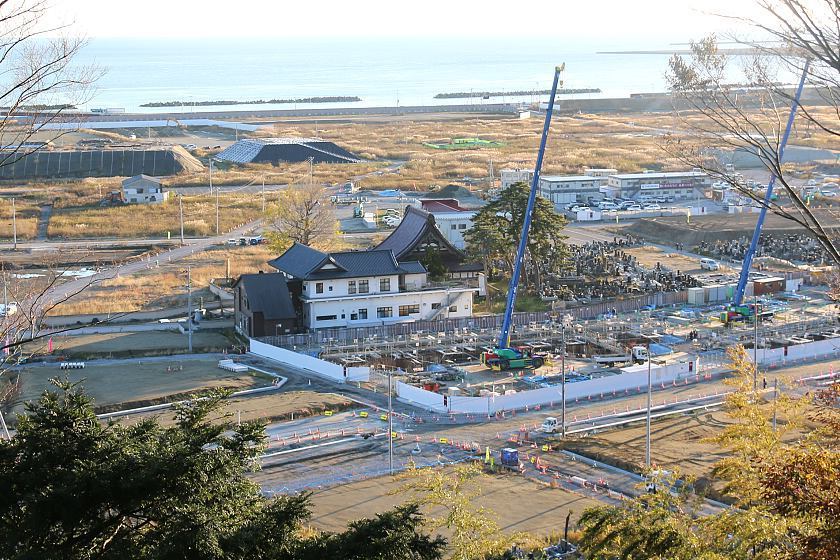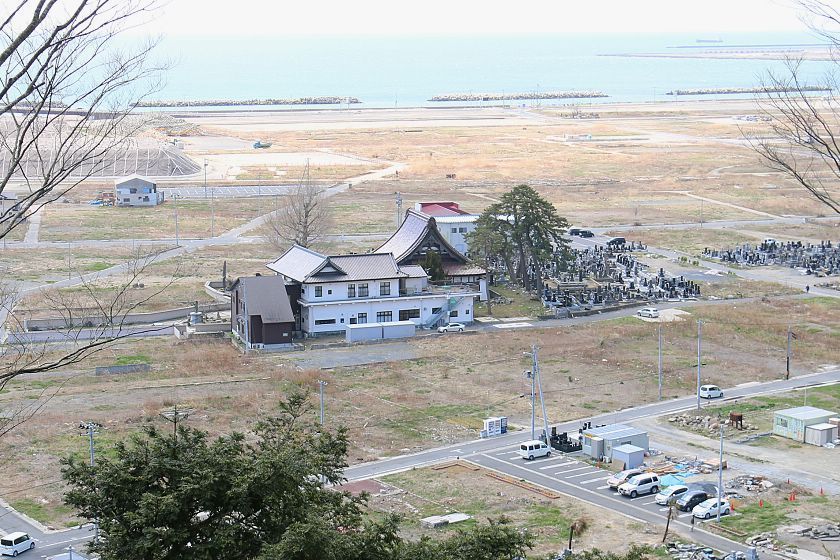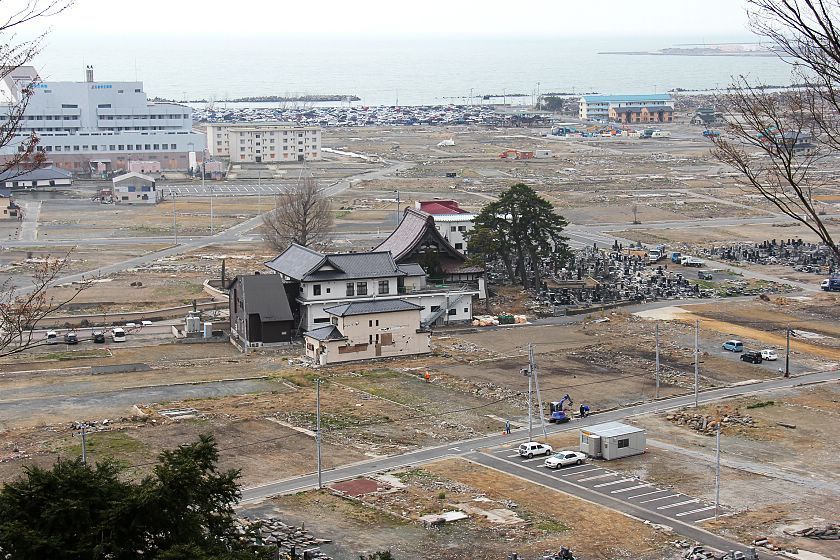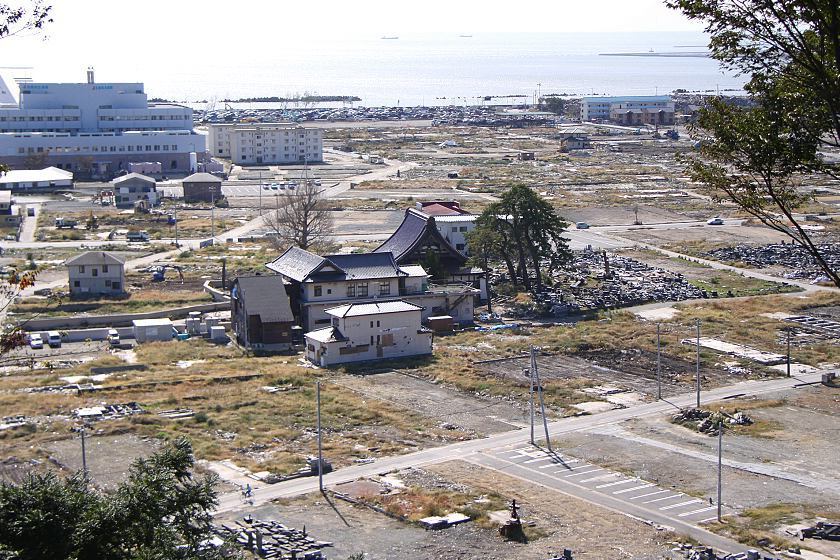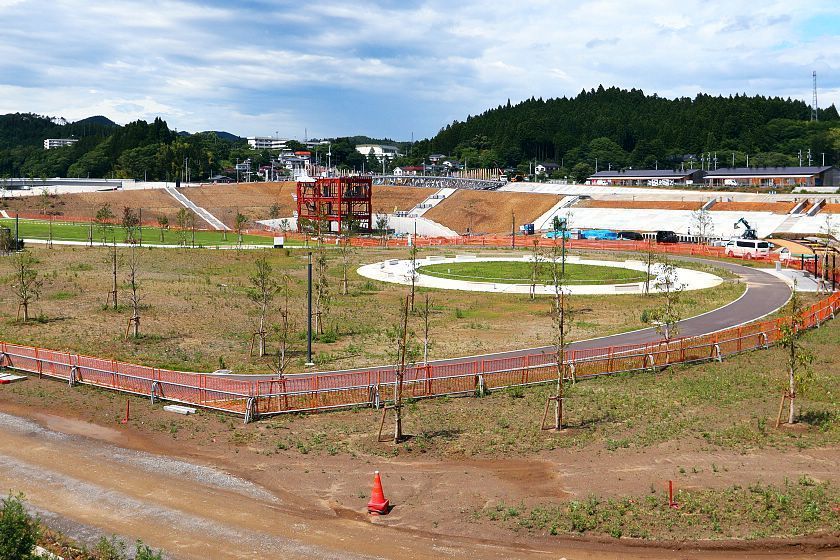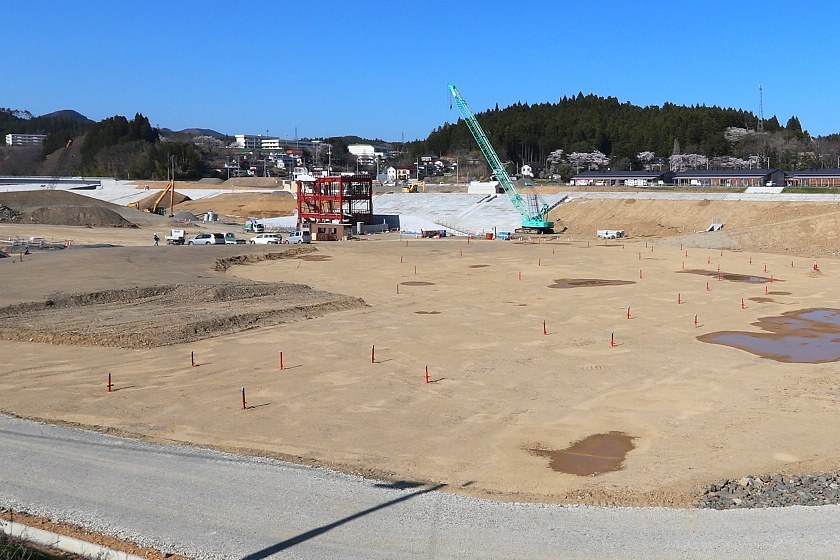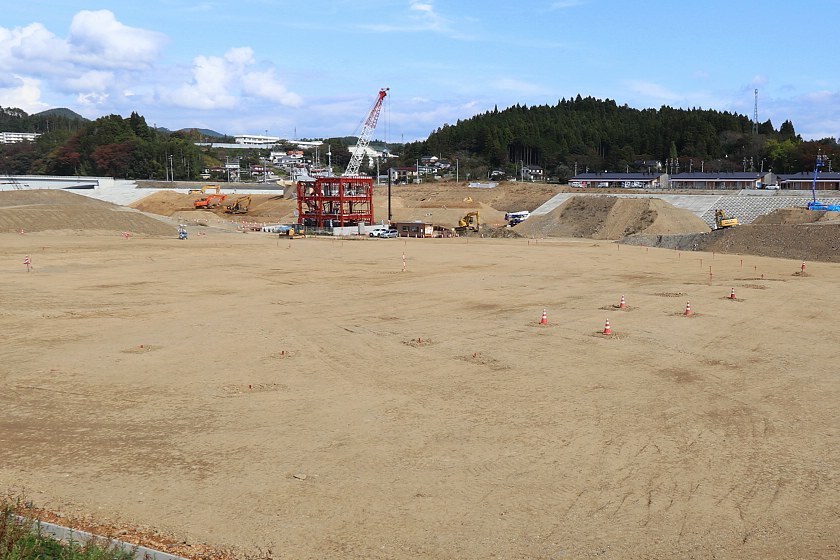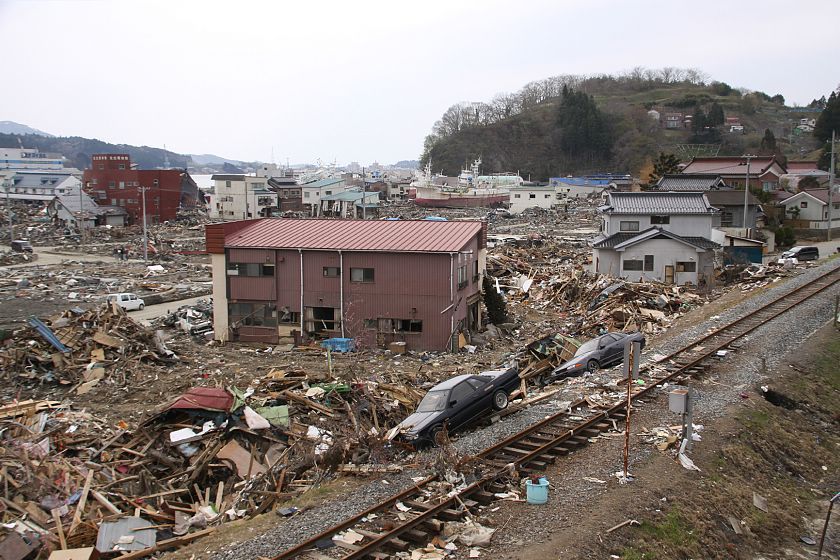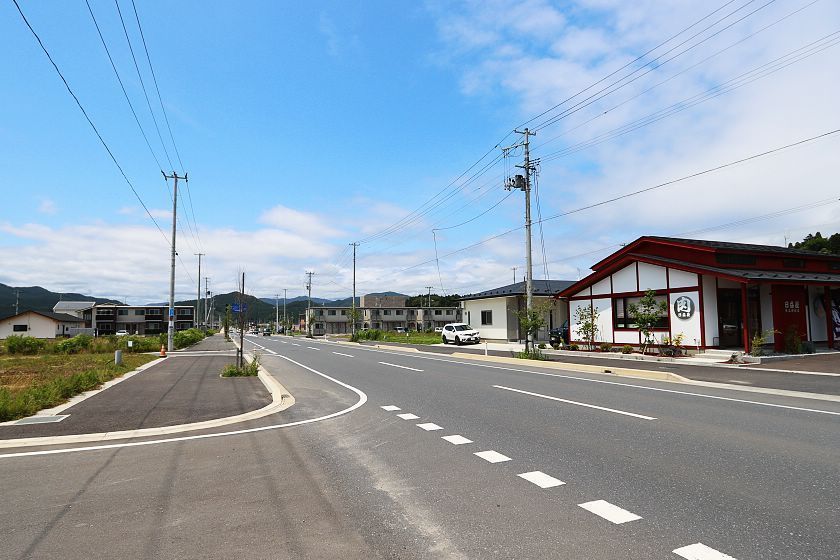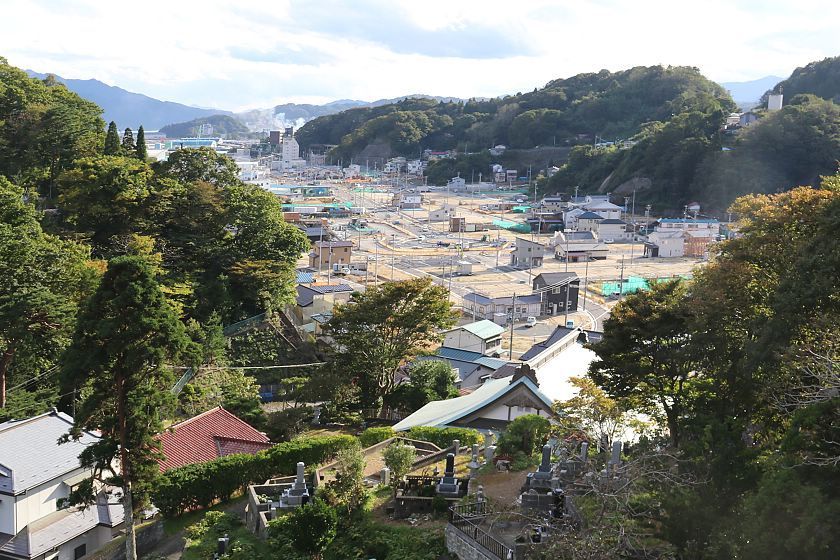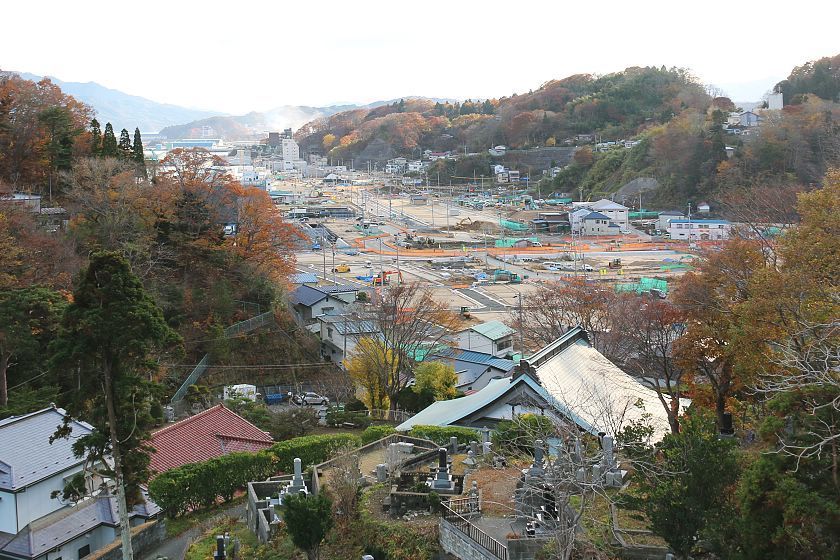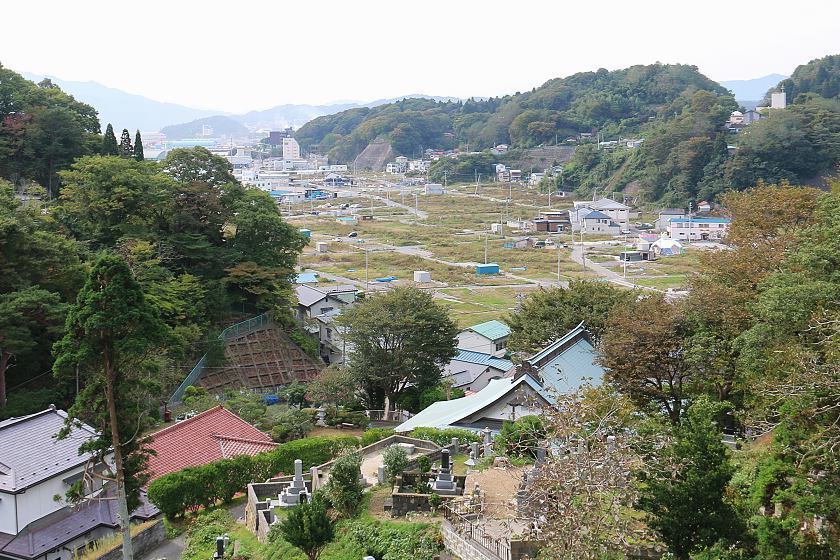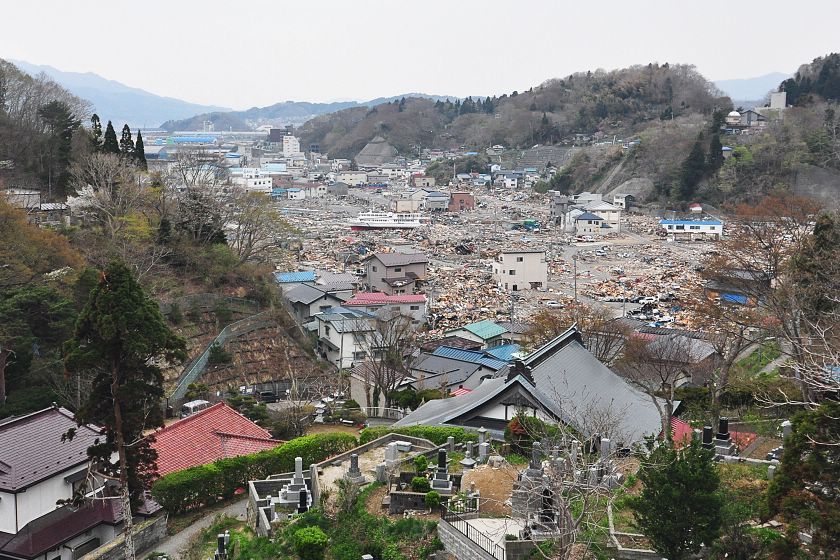Ten years after the tsunami
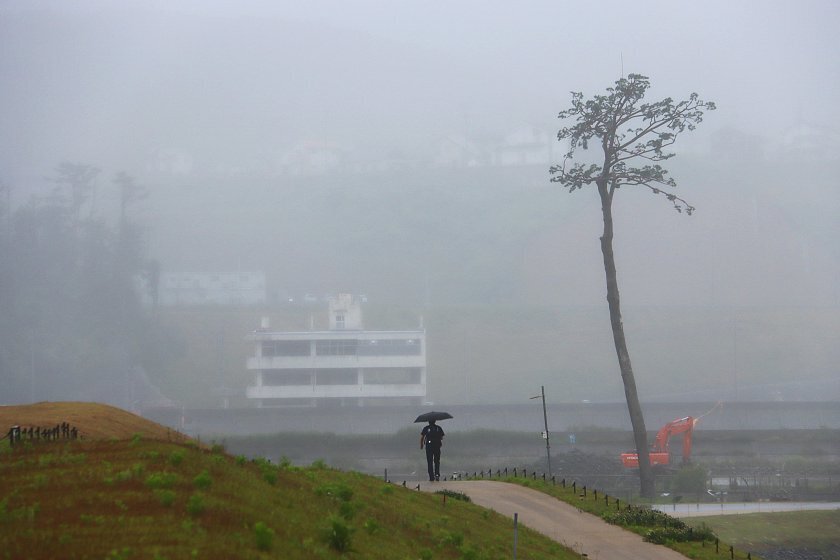
This is the 19th part of our open-ended series to document the recovery of the tsunami-hit coast of northeastern Japan where nearly 20,000 people lost their lives and entire towns were destroyed in the afternoon of March 11, 2011. Ten years after the tsunami, we traveled from Ishinomaki to Miyako and revisited some of the worst-hit cities along the Sanriku Coast in Miyagi and Iwate prefectures on July 8-10, 2021.
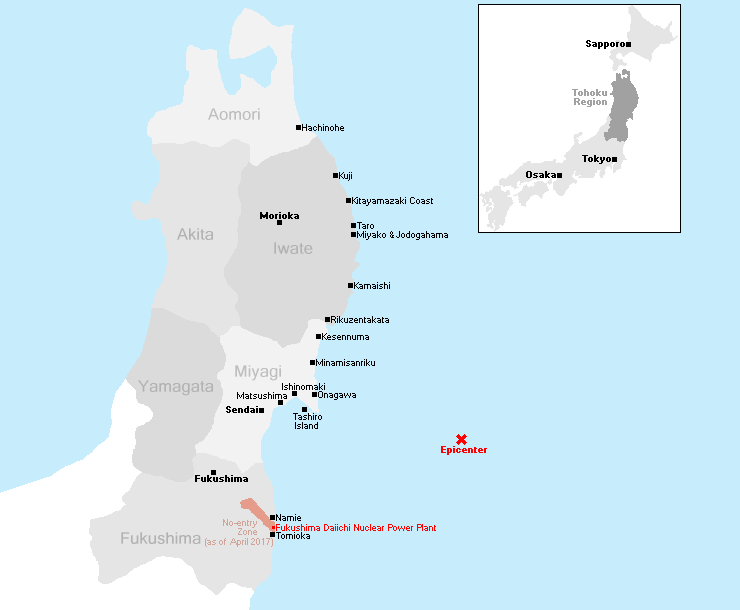
A decade has passed since the tsunami. Progress felt slow in the beginning when debris removal along the devastated coast alone took over a year. The following years were spent rebuilding ports and seawalls, creating new residential districts on higher ground, raising the level of former city centers by over ten meters to better protect them from future tsunami and constructing over 300 kilometers of new expressway which now make the region more accessible than ever before. The reconstruction efforts have been enormous.
From around 2015, the feeling of recovery started to become stronger as more and more displaced people were able to move into new, permanent housing and devastated city centers began to reemerge. In recent years, several museums and memorial parks have opened for the victims to be remembered and for the education of future generations.
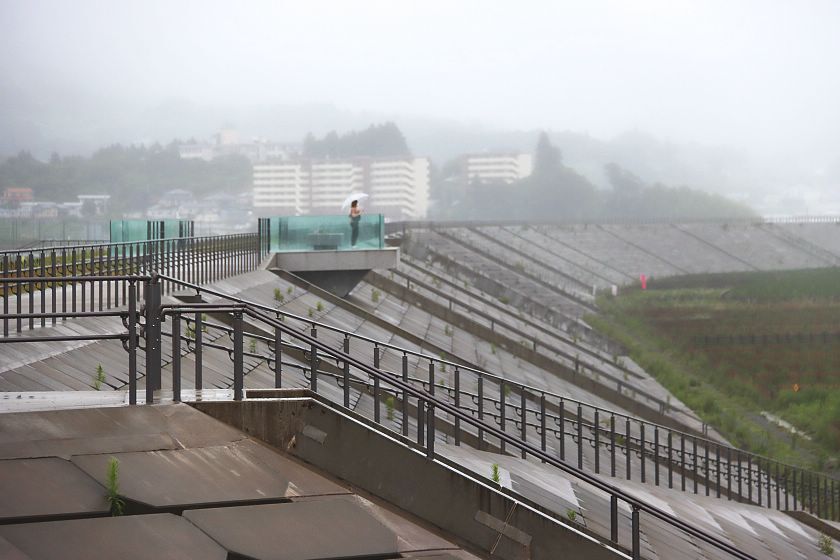

We started our journey in Ishinomaki. The city's memorial park recently opened in the coastal Minamihama district which was particularly badly hit by the tsunami. A circular museum building in the middle of the park offers a video performance and panels explaining tsunami in general, the 2011 disaster in particular and how to protect lives in future disasters. While the video has English subtitles, the information panels are only in Japanese, making the museum less easy to appreciate for non-Japanese readers than other museums along the coast.
The green space around the museum still feels young and fresh. Trees are being nurtured that will eventually give the park some forested areas. Not far from the park stand the preserved partial ruins of the Kadonowaki Elementary School.

Compare: Jul 2021 - Jul 2020 - Sep 2019 - Apr 2019 - Oct 2018 - Apr 2011
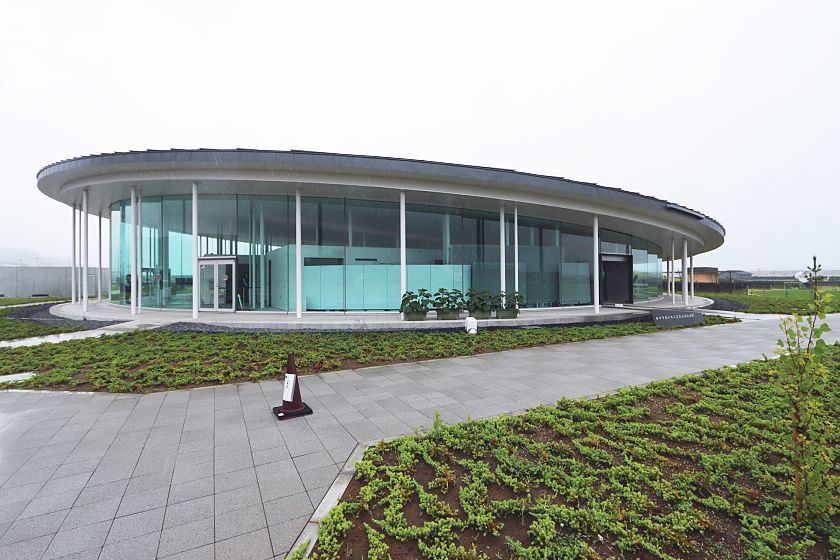
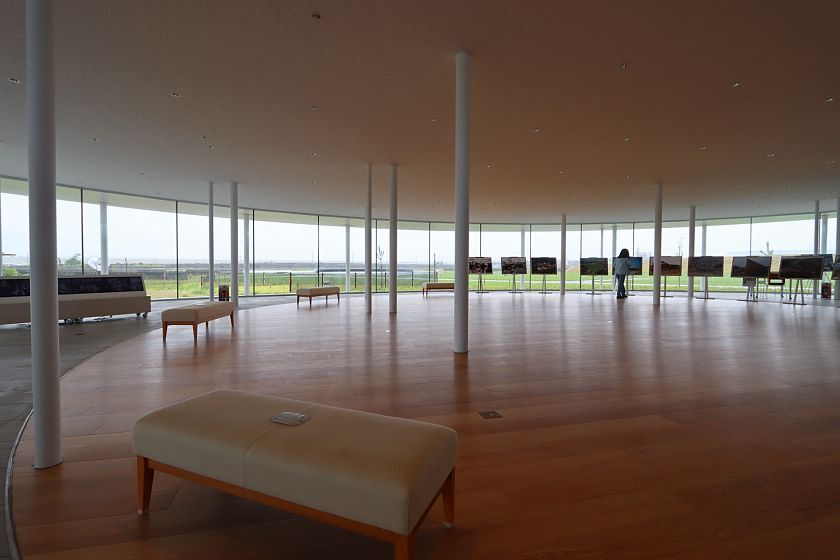
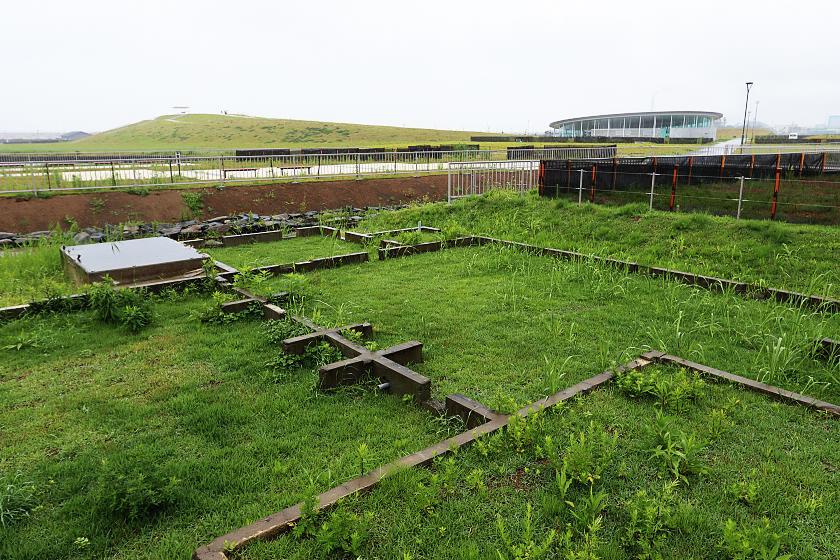

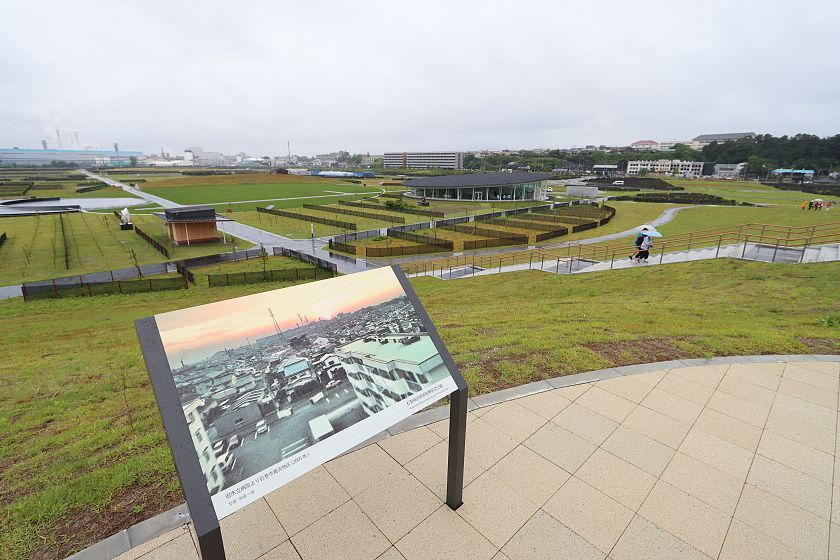
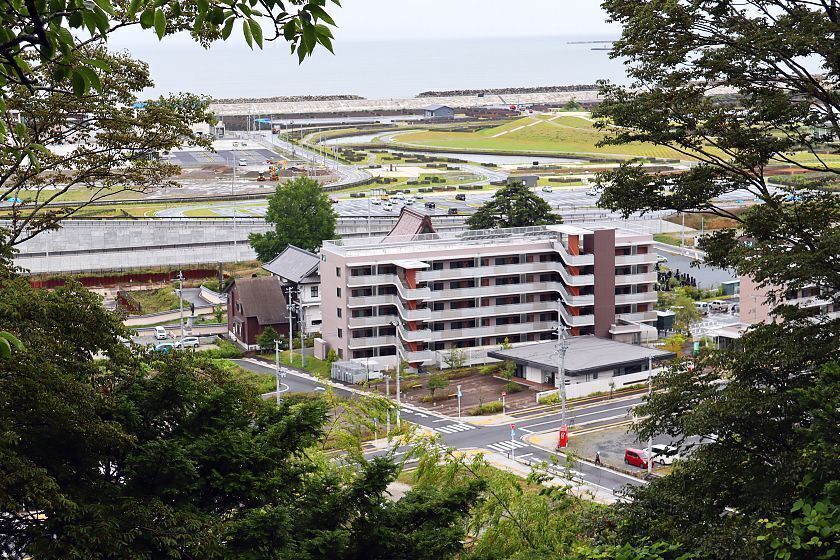
Compare: Jul 2021 - Apr 2019 - Apr 2017 - May 2016 - Nov 2015 - Apr 2014 - Apr 2012 - Oct 2011 - Apr 2011
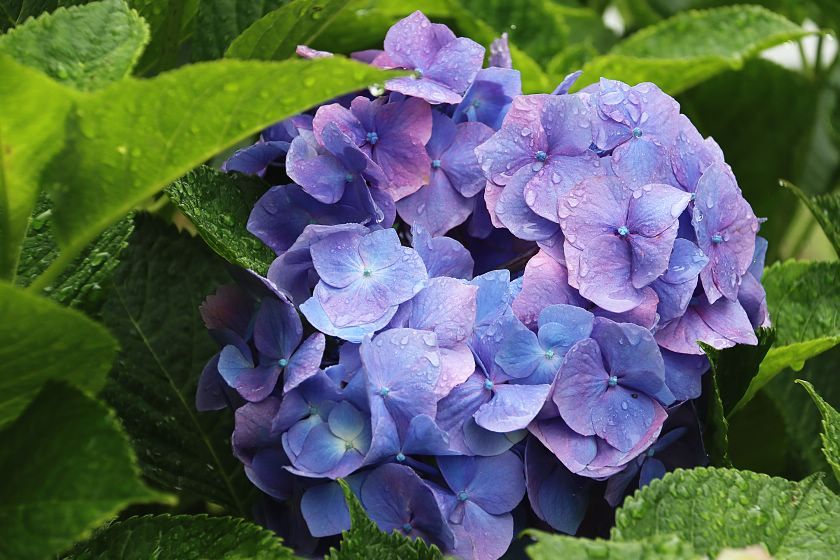


30 kilometers further north the coast, Minamisanriku's memorial park has also fully opened. The park is now connected with the nearby Sun Sun Market via an interesting pedestrian bridge, which was designed by star architect Kuma Kengo. Here too, the park's vegetation is still young and can be expected to mature and develop nicely over the coming years. In spring 2022, a memorial museum is scheduled to open next door.
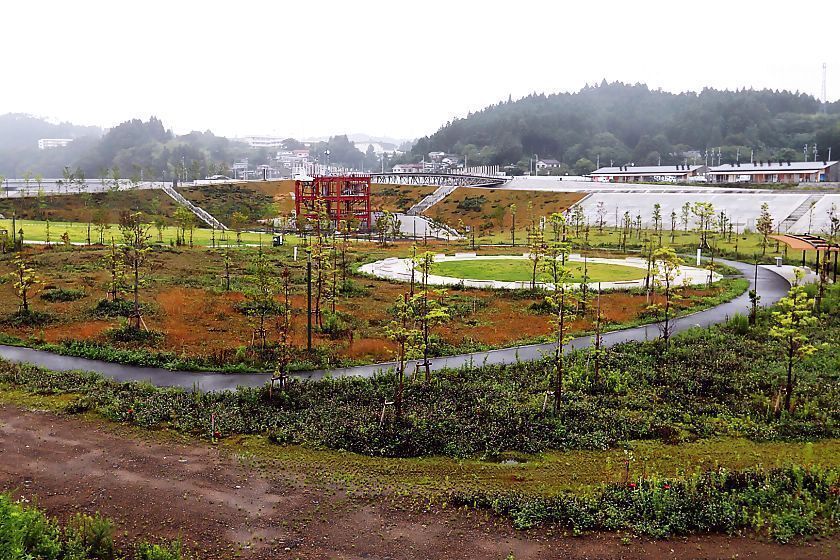
Compare: Jul 2021 - Jul 2020 - Sep 2019 - Apr 2019 - Oct 2018 - Apr 2018
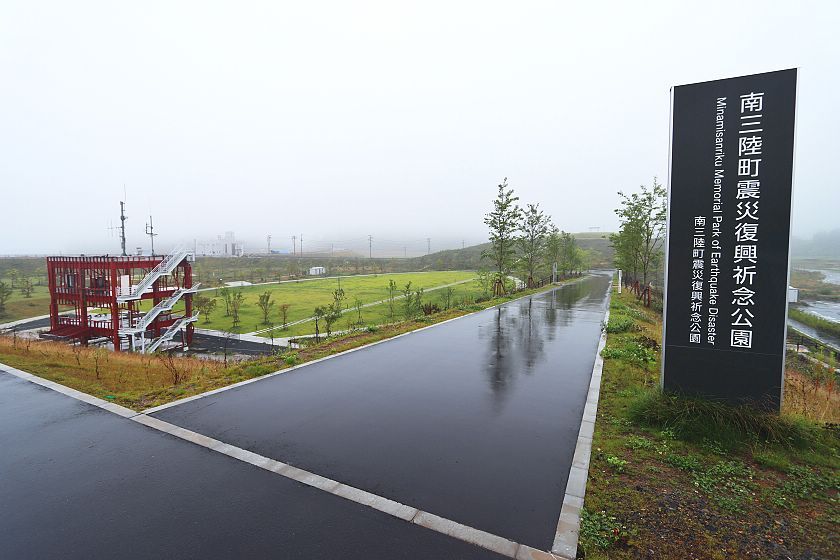
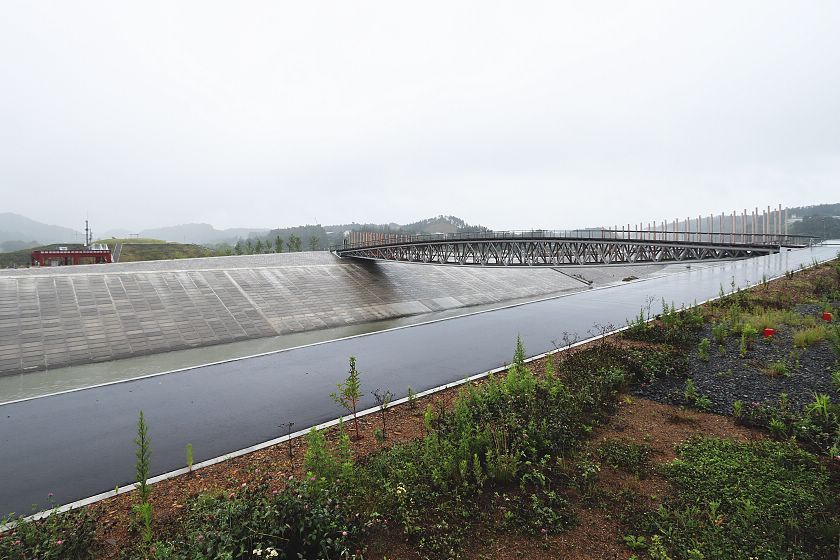
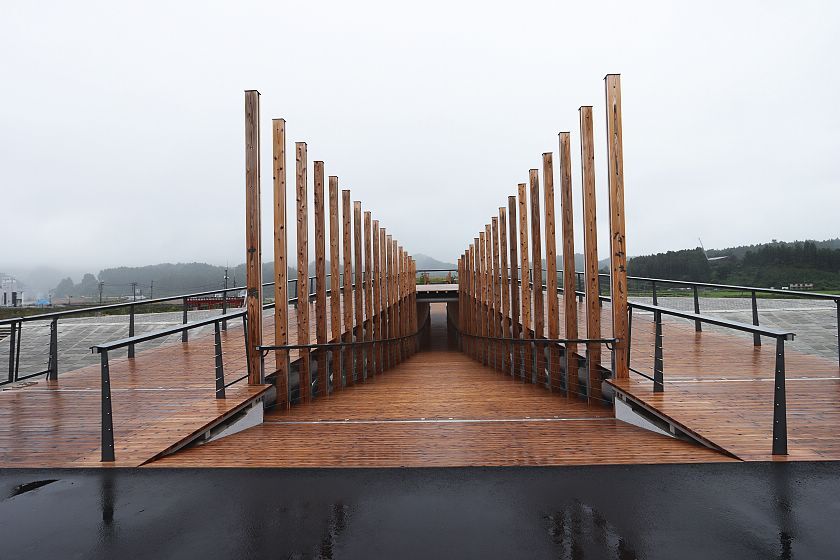
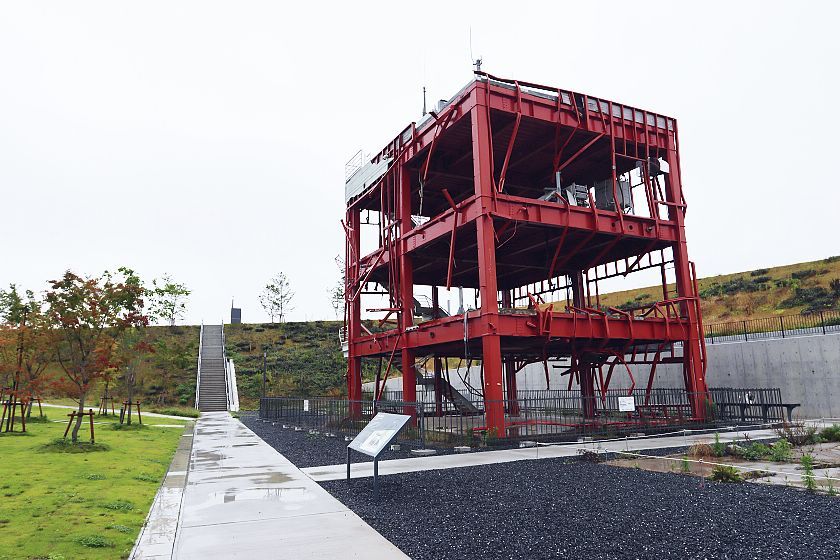
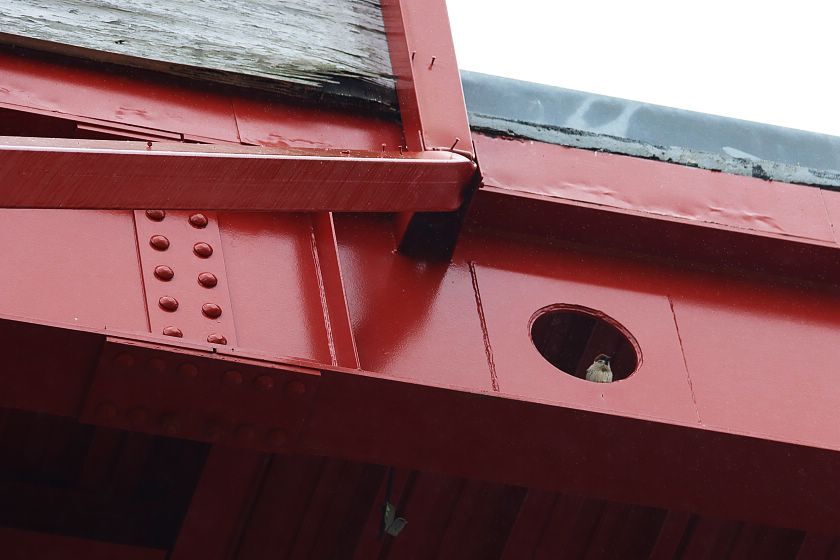
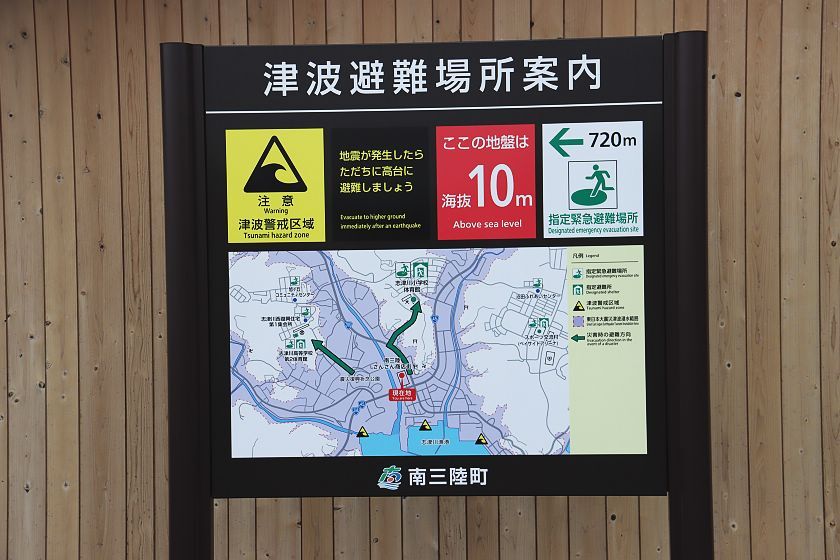

Kesennuma, too, got a new memorial park. It was opened recently on a hill overlooking the districts that suffered most under the tsunami. Besides a monument, there are plates with the names and ages of the local victims, including some aged 0. Besides remembering the victims, the park offers nice views over the city and can be reached on foot from the city center.


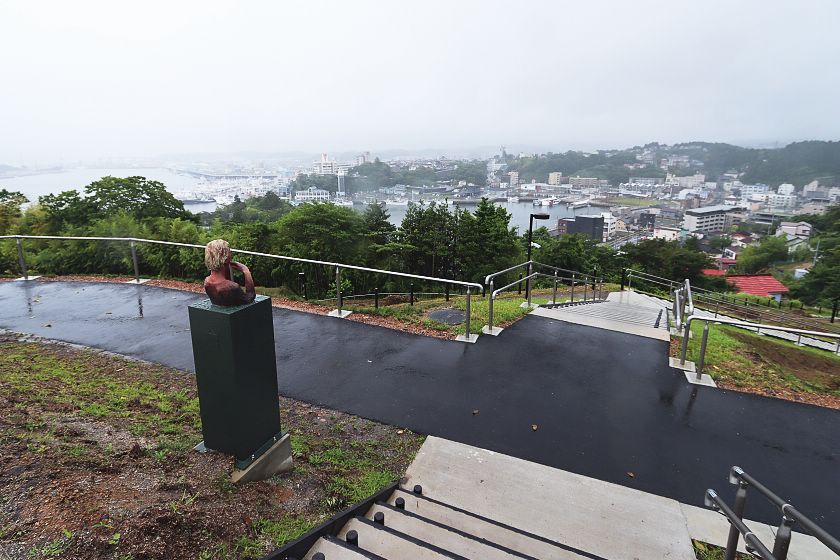
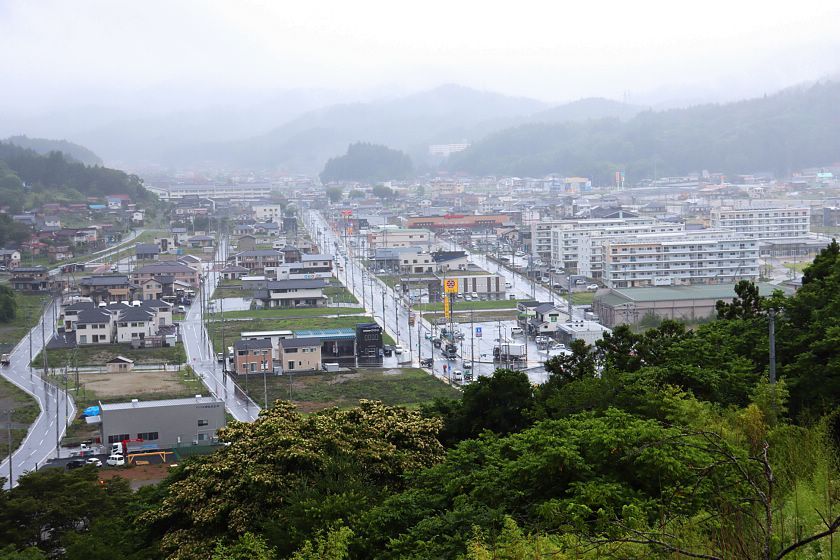
The reconstruction of Kesennuma's central waterfront district is also nearing completion. At its center stands the Pier 7 complex with cafes, a restaurant and community space. It also serves as the departure point of sightseeing cruises of the port. Just across the street stands K-Port, a cafe owned by actor Watanabe Ken and intended to support the city.
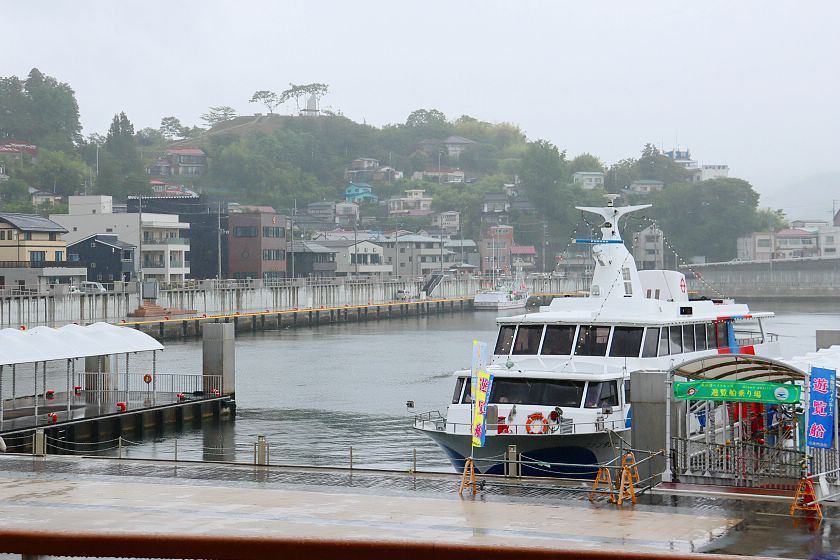

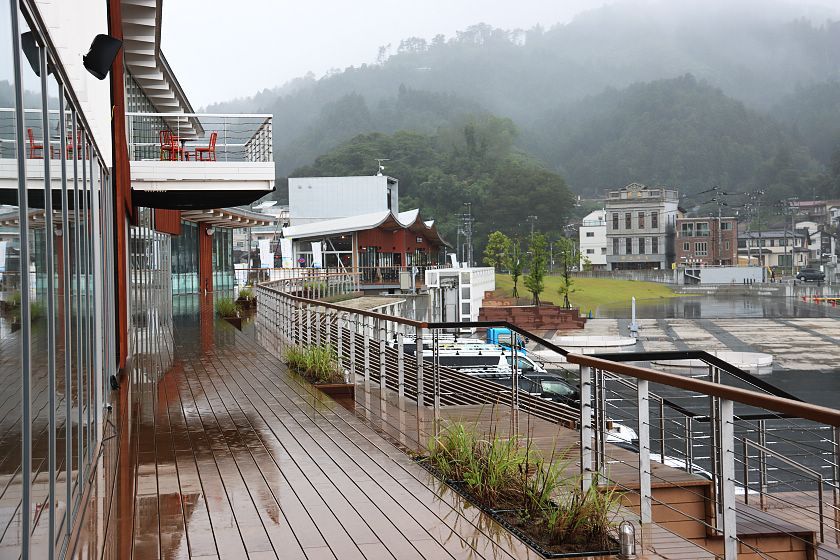

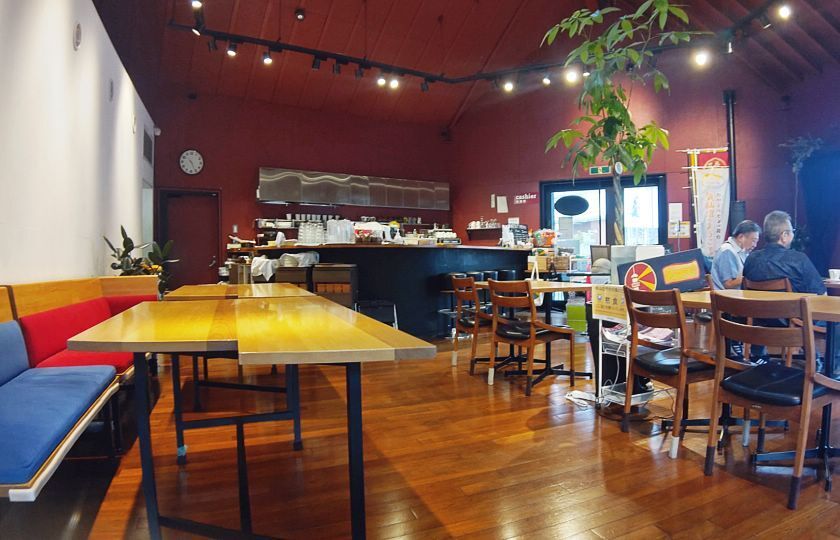
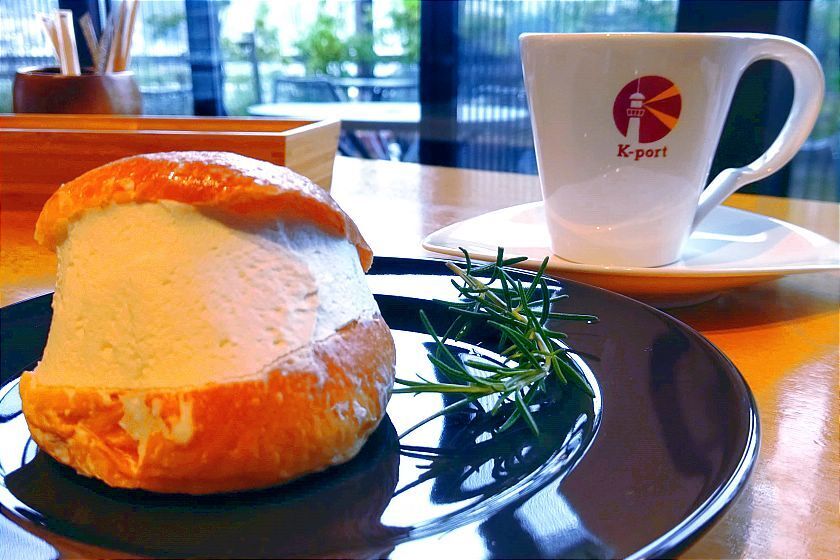
Rikuzentakata's memorial park, which includes the iconic Miracle Pine, was opened already two years ago, but is still expanding. The waterfront high school on the opposite side of the river has now also become part of the park and can be viewed from the outside. Still under preparation is the addition of the former Michi-no-eki roadside station to the memorial park. Meanwhile, further inland and raised by over 10 meters in elevation, Rikuzentakata's city center is gradually growing in size and becoming more and more lively again.
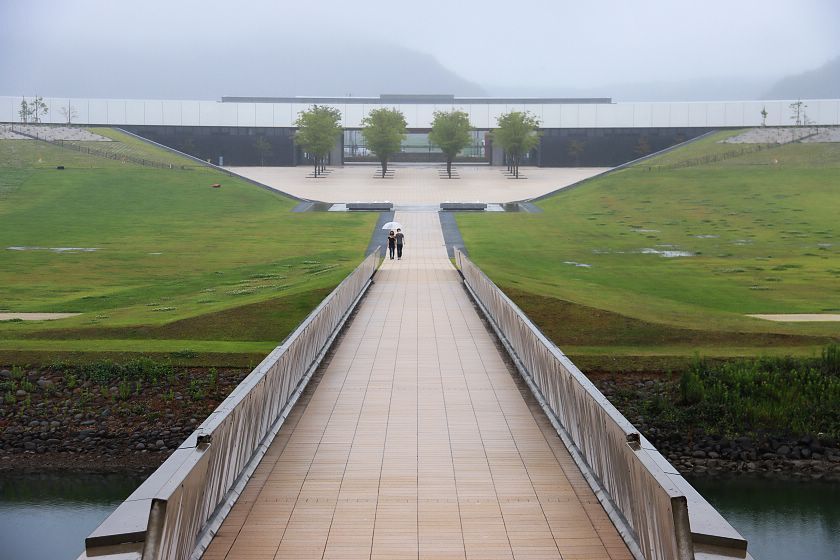
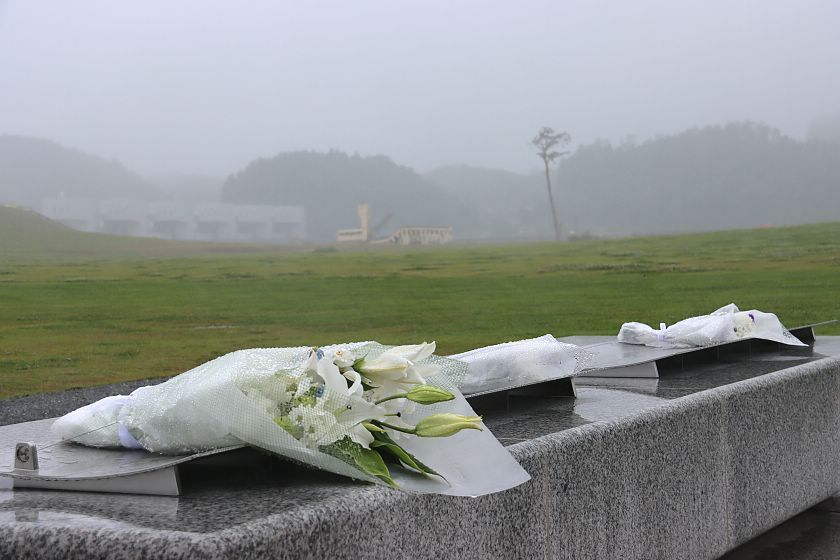
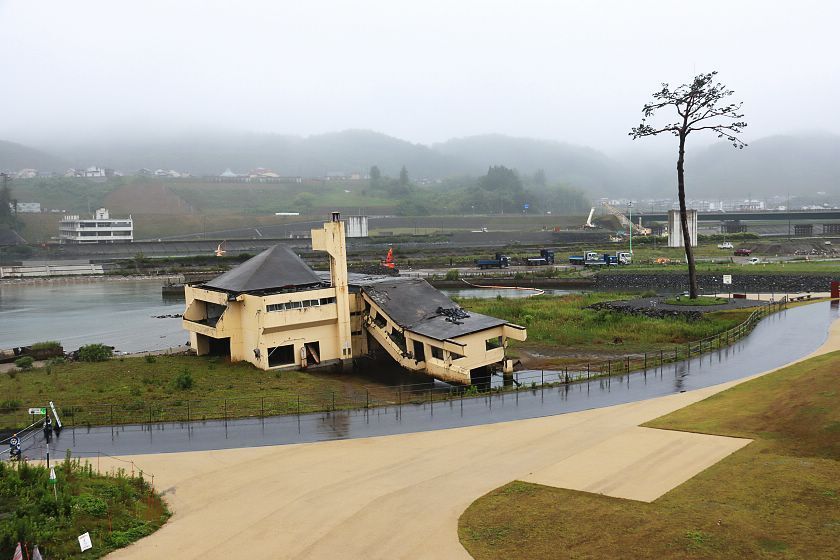
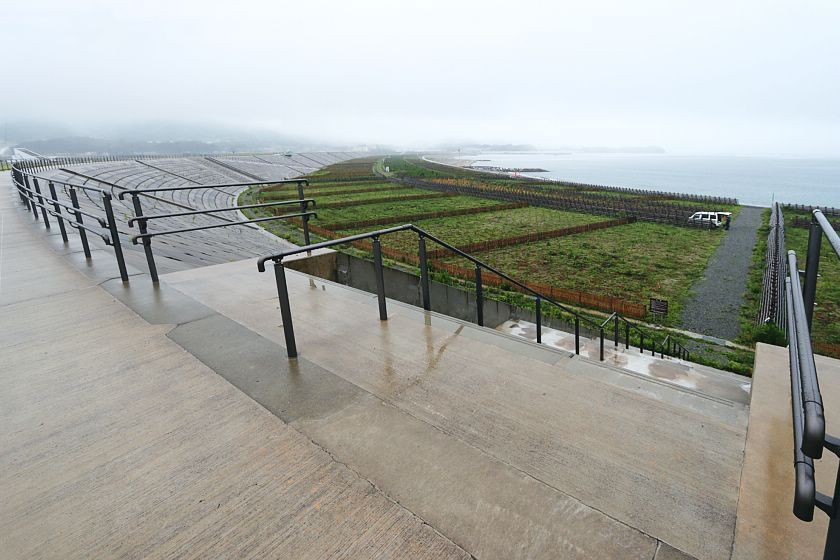
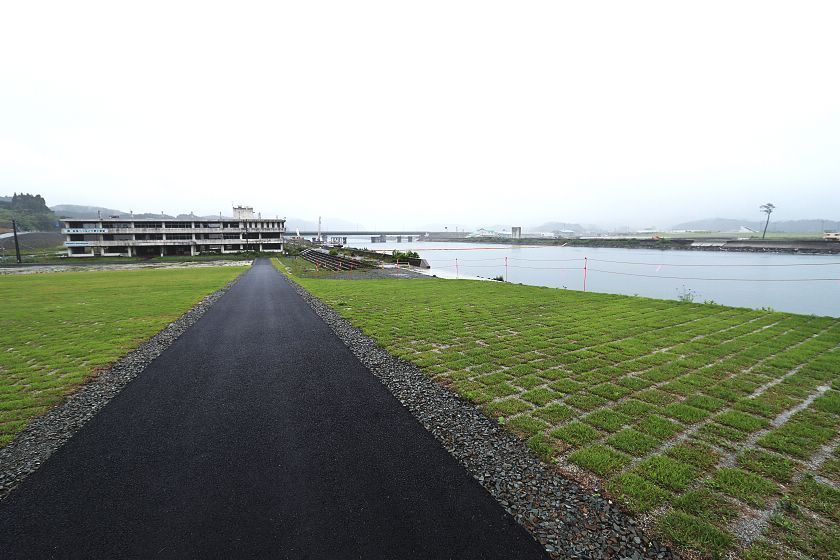

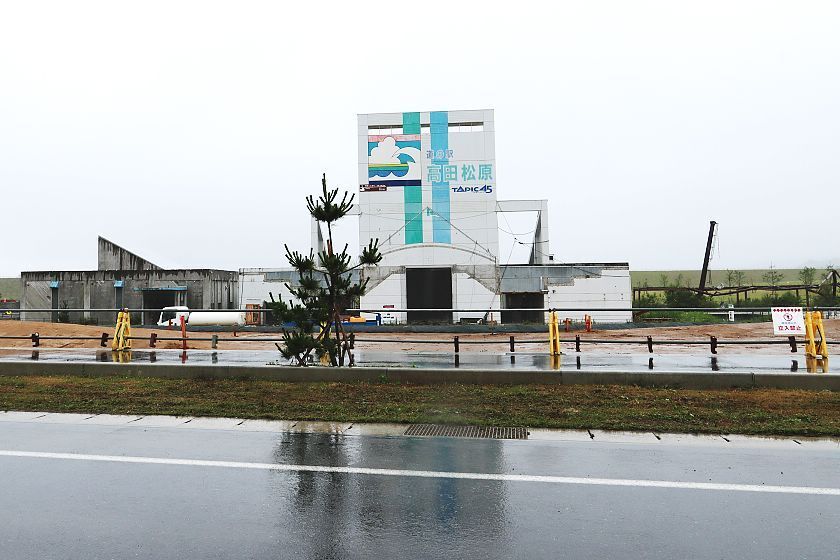
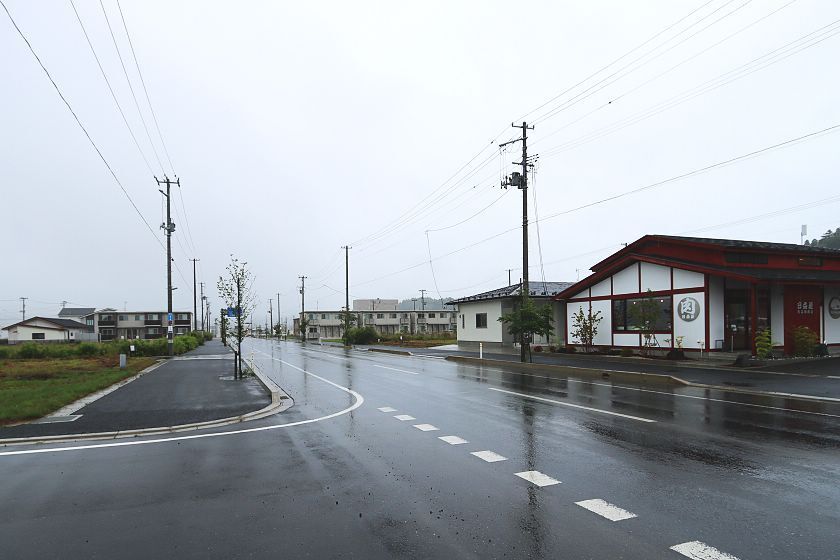
Compare: Jul 2021 - Jul 2020 - Sep 2019 - Oct 2018
In Kamaishi's Unosumai district we revisited the local memorial park which contains inscriptions of the names of local victims. A small memorial hall with explanations in Japanese stands nearby, just next to Unosumai Station and not far from the rugby stadium where the Rugby World Cup brought lots of joy to the city.
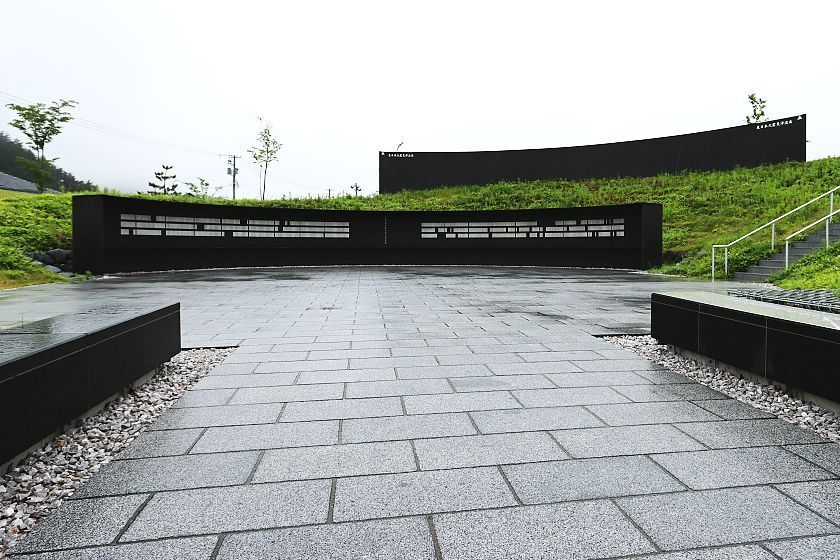
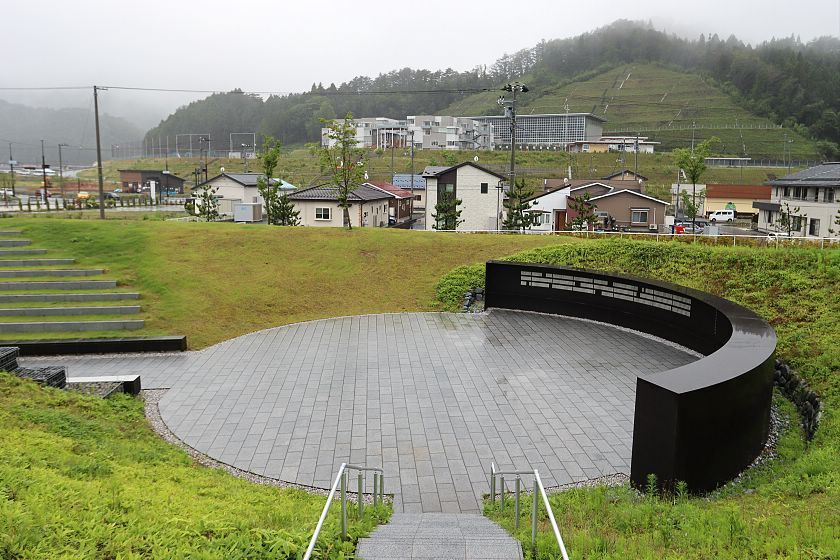
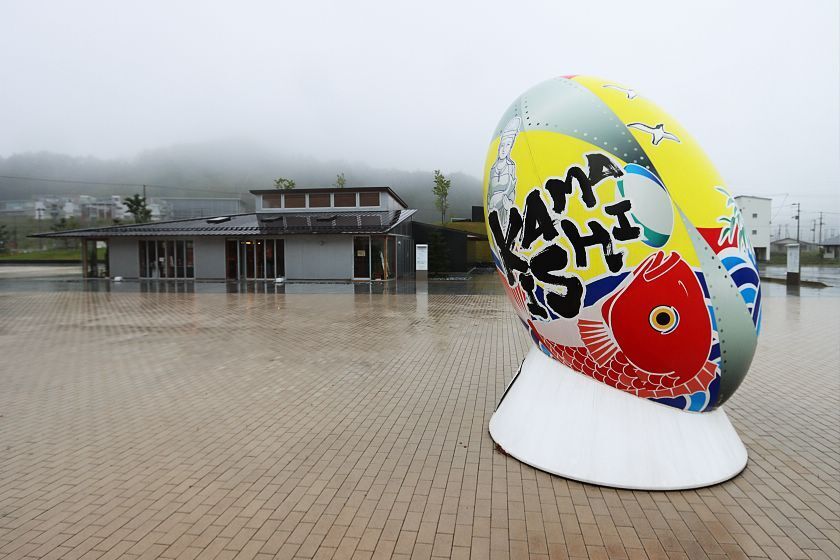
We ended our trip with a stay at Jodogahama in Miyako City. Unfortunately the bad weather prevented us from doing much exploring.

Compare: Jul 2021 - Apr 2018 - Oct 2016 - May 2016 - Nov 2015 - Apr 2014 - Oct 2013 - Apr 2011
